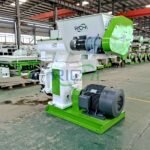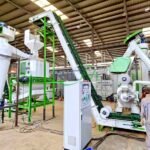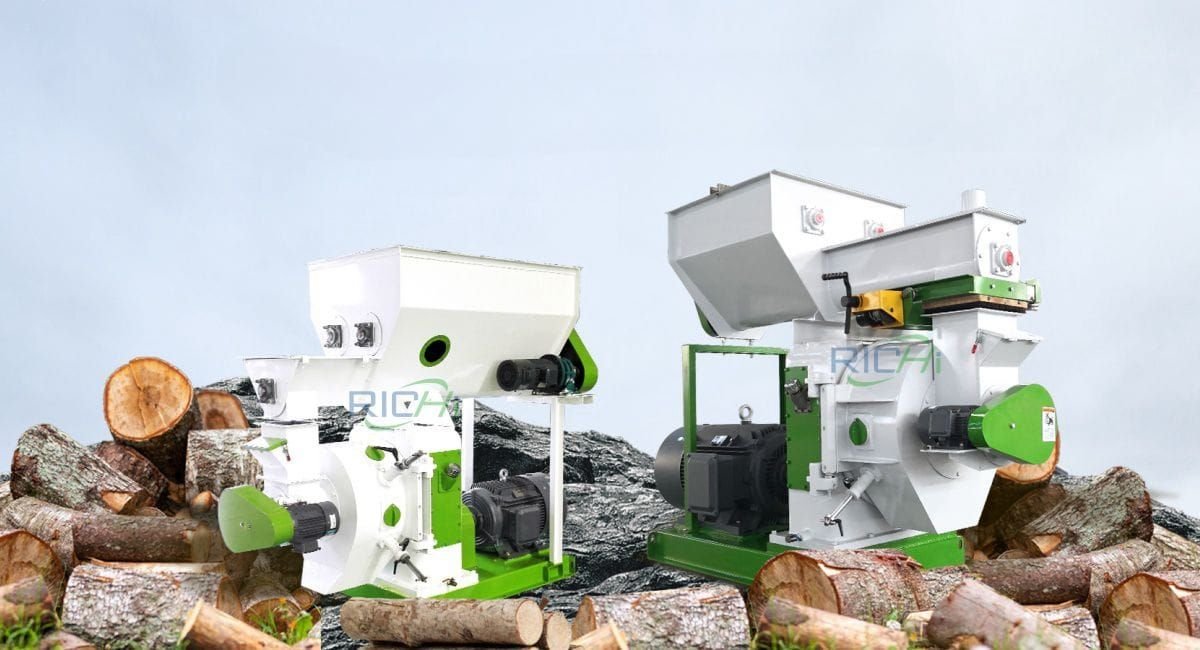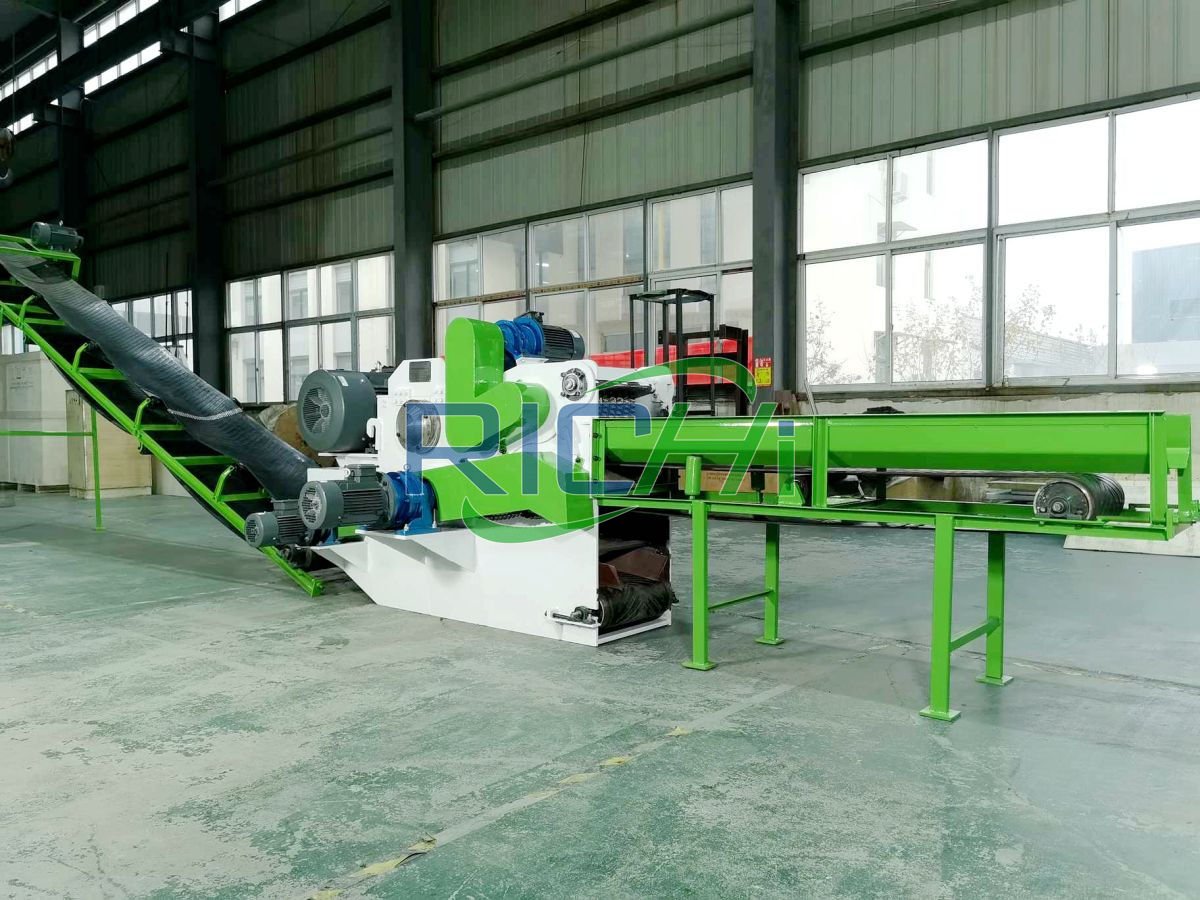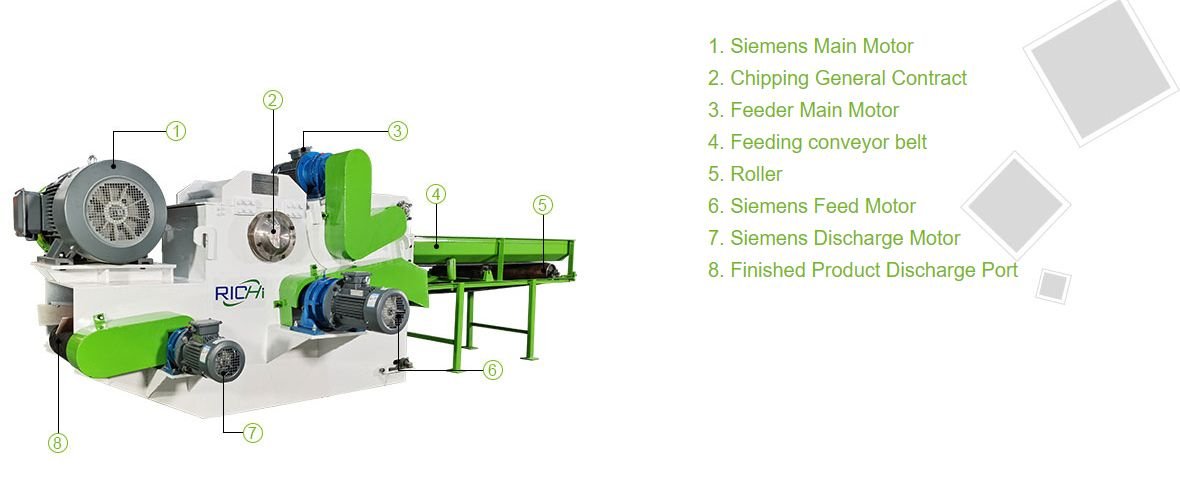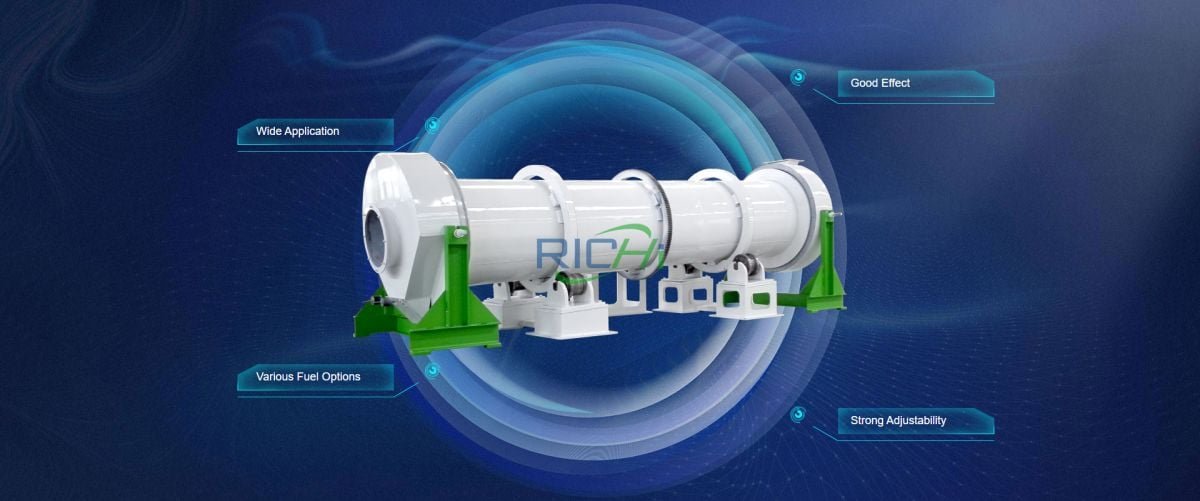Biomass refers to organic materials derived from living or recently living organisms, including plants, animals, and their by-products. As a renewable energy source, biomass can be used to generate electricity, produce heat, and create biofuels.
The diverse range of biomass materials includes agricultural residues (such as straw and corn stover), forestry residues (like wood chips and sawdust), animal manure, and dedicated energy crops (such as switchgrass and miscanthus).
Biomass plays a crucial role in sustainable energy systems. It offers an alternative to fossil fuels, reducing greenhouse gas emissions and promoting energy security.
The versatility of biomass allows it to be converted into various forms of energy through different processes, including combustion, gasification, anaerobic digestion, and fermentation.
Types of Biomass
- Woody Biomass: Includes trees, branches, and wood residues. Used extensively in heat and power generation due to its high energy content.
- Agricultural Biomass: Comprises crop residues, such as straw, corn stover, and husks. These materials are abundant and can be converted into bioenergy and biofuels.
- Animal Biomass: Consists of manure and other animal waste. It is commonly used in anaerobic digestion to produce biogas.
- Energy Crops: Plants specifically grown for energy production, like switchgrass, miscanthus, and fast-growing tree species. These crops are optimized for high yield and low environmental impact.
- Organic Waste: Includes food waste, yard clippings, and other biodegradable municipal waste. This type of biomass is suitable for composting and anaerobic digestion.
What Biomass Does
Biomass serves multiple purposes in the energy sector:
- Electricity Generation: Biomass can be burned in power plants to produce steam, which drives turbines to generate electricity.
- Heat Production: Direct combustion of biomass can provide heat for residential, commercial, and industrial applications.
- Biofuels: Biomass can be converted into liquid fuels, such as ethanol and biodiesel, which can replace gasoline and diesel in transportation.
- Biogas: Through anaerobic digestion, organic material is broken down to produce biogas, a mixture of methane and carbon dioxide, which can be used for heating, electricity generation, or as a vehicle fuel.
Biomass encompasses a variety of materials that includes wood, agricultural residues and both human and animal waste. These materials can be used for heating buildings and to a lesser extent for producing power or a combination of heat and power.
With biomass systems there needs to be more operator interaction than with other forms of renewable energy such as with solar or wind. Operators of biomass systems will have to order and/ or deliver fuel, remove ash, and maintain all the moving parts.
While this seems like it may be a lot of maintenance it actuality requires no more than a few minutes a day plus a few hours per year for an annual inspection and cleaning.
This small amount of extra care may turn some people off to the idea of a biomass system versus a solar or wind option; however, unlike its clean energy counterparts biomass systems have the great advantage of dispatch ability.
This means that the system is controllable and provides heating when it is needed. The one big disadvantage to this is that fuel needs to be purchased, delivered, and stored.
Additionally, biomass combustion produces emissions that have to be monitored to ensure that they comply with government regulations.
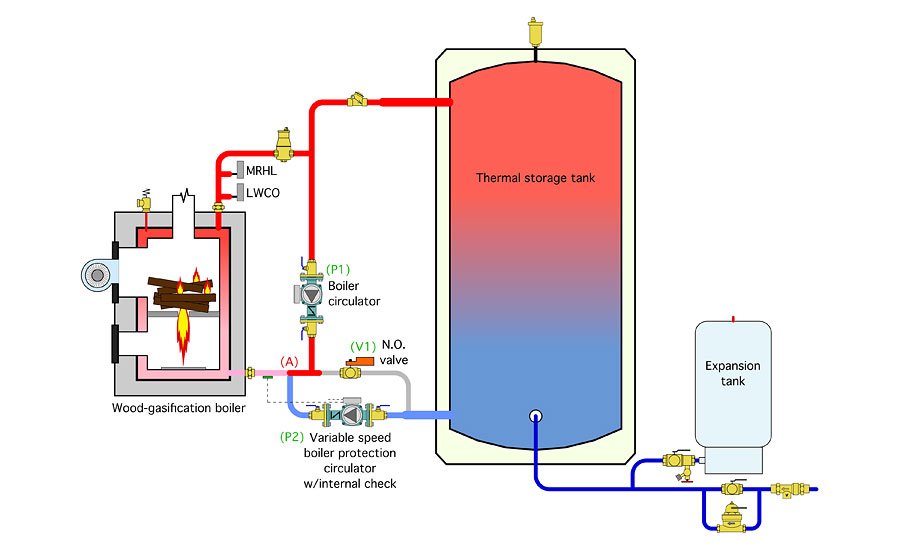
Parts of a Biomass System
There are several key components to a biomass system which include the following:
- Fuel storage and handling or conveying.
- Combustor
- Boiler
- Fire suppression systems
- Pumps
- Fans
- Exhaust controls
- System controls
- Automatic ash handling (optional feature)
- Back up boiler
- Heat distribution system
No matter the biomass system they all require storage for the fuel as well as a way of handling the fuel. Systems that typically use wood chips or pellets are often stored in silos or a bunker with an automated system that moves the fuel from the storage area to the combustion area.
It is generally recommended that storage areas hold a minimum of 3 days of fuel.
The day hopper is the last part of the fuel handling system and controls the rate at which the fuel is delivered to the boiler.
In log or pellet systems the heat created by the boiler can be used to directly heat the air or it can be used to heat water in a system which acts as the medium by which the heat is delivered.
Fire suppression systems are useful in preventing the fire from the combustor traveling back up the conveyor system where the fuel is being stored. This system can include temperature sensors and water-delivery or control systems to put out fires before it spread throughout the entire system.
How Does a Biomass System Work?
Biomass systems typically use direct combustion to produce heat. In this type of combustion the biomass is burned to produce hot gas which then is either used to directly heat the building or fed into a boiler to create hot water or steam. In the boiler system the steam can be used to transfer the heat to the building.


